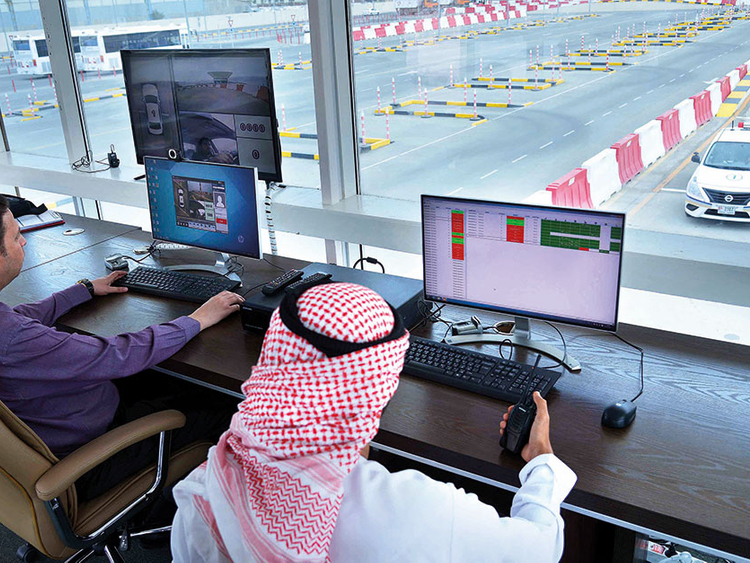Learning to drive a vehicle is a necessity for some people in the UAE, while for many others it’s thrilling to sit behind the wheels. For both types of license seekers, being a responsible driver is necessary not only for their own safety but even of the others on the roads.
Roads and Transport Authority (RTA) understands the safety requirement of Dubai residents. Hence, it evaluates, improves and restructures the driver’s training programme on a timely basis to help license seekers drive to their utmost perfection and safety. Here are the key initiatives undertaken to enhance drivers training system.
Independent driving
RTA has introduced a new system called independent driving to help students enhance their observation and decision-making skills during driving.
Khalid Javed, Senior Instructor, Emirates Driving Institute (EDI), explains that here every student has to drive on a pre-designed route without the instructions or directions from his or her driving instructors. “Instructors help students to practise this particular skill prior to appearing in the final road test with RTA examiners. This newly introduced system will further boost the confidence of students as they perform every manoeuver without any intervention from instructors,” he says.
Articulated training
The commercial vehicle drivers play an essential role in the economy of every country, precisely the heavy vehicle drivers category, says Javed, adding that they must be taught on different axle vehicles to train them about the relevant driving techniques.
“Last year, RTA has introduced the Articulated Training for every HVT student registered from October 1, 2017. In this particular training, students practise the three skills with their driving instructors: offset reversing, coupling, uncoupling, and driving on public roads.”
Lesson hours
Among the other changes introduced by the RTA is the mandatory learning classes for 20 hours with a minimum of an hour per lesson. Earlier, the rule was to take a min-imum of 40 courses of 30 minutes each. Javed says, “Learning to drive safely requires time and practise. We believe every learner has his own learning capacity and 30 minutes on the road is not enough for every student to master all the skills. More practise on the road will boost their confidence and reduce nervousness, which is a key reason to fail in the road test.”
E-learning
Introduction of online lectures is another important step in teaching to drive in the UAE. “Through online training Khalid Javed Emirates Driving Institute Bahadur Khan Afridi Belhasa Driving Centre (e-learning), the learner driver can attend an online lecture at any place with the sign up institute website. It presents all the content, which is delivered in normal theory lecture classes in the institute, says Bahadur Khan Afridi, General Manager — Training, Belhasa Driving Centre, says, adding, “It gives all the practical driving knowledge and is provided as per the convenience of a learner driver.”
The smart yard
A smart yard automation process is another milestone used to enhance driving training. Javed says, “This automation process has the test yard fitted with surveillance cameras outside to guide the candidate about the locations of different manoeuvers. Apart from the cameras, the vehicle is equipped with many sensors to help the trainee avoid a collision in case of approaching anyobstacle. This facility will help to reduce human errors in judgment and improve test result.”
Other features
Khan says people who are having an automatic driving licence in Dubai but are looking to convert it to the manual can now do it by directly giving a road test (subject to pass with RTA test). Also, getting a medical fitness certificate is a must for heavy truck, and heavy bus applicant to open a file with RTA.
Heavy truck and heavy bus licence holder can apply for light motor vehicle test directly if they comply with the specific conditions, he adds. Javed says that the students can now take their theory test (mandatory to pass before starting practical training) in 195 global languages because of the use of RIS (Remote Interpretation System).













